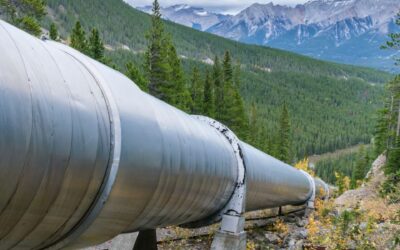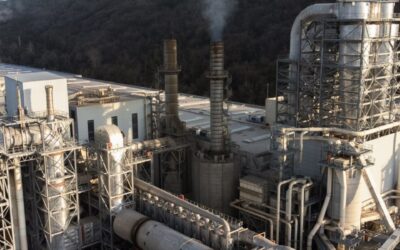OTTAWA—Dave Sawyer, Principal Economist for the Canadian Climate Institute, issued the following statement in response to the latest greenhouse gas emissions numbers from the federal government’s National Inventory Report (NIR).
“While 2022 emissions are up slightly from the previous year, don’t miss the big picture: national emissions remain 5.9 per cent lower than pre-pandemic in 2019. The economy has grown 3.2 per cent since then, which is clear evidence that Canada continues to decouple emissions from economic growth. Decoupling now needs to accelerate further—more than double—if Canada is to hit its 2030 target.
“National emissions are now 7.1 per cent below 2005, the baseline year for Canada’s official target of at least 40 per cent reduction by 2030.
“Today’s NIR is close to the Canadian Climate Institute’s Early Estimate of National Emissions, released last September, which estimated that emissions in 2022 were 6.4 per cent below 2005 levels.
“The latest national inventory is largely positive, but a few sectors do reveal themselves as a drag on progress. Sectors like electricity lead the pack in terms of reducing emissions. But sectors like oil and gas, heavy-duty vehicles, buildings, and agriculture continue to increase emissions, which offset some of the big gains since 2005.
“The NIR methodologies are routinely updated with improvements in data and science. This year’s updates led to a significant increase in the scale of methane emissions in Canada. This analytical change coupled with increased oil and gas production means that emissions from this sector are now more significant than ever—31 per cent of the total, almost a third of Canada’s emissions. The importance of cutting methane emissions in the oil and gas sector, a no-brainer for cost-effective climate action, is clear.
“The NIR also holds a warning of climate change variability to come, with agriculture croplands releasing 22 Mt in 2022 due to drought, which limits the ability of soils and crops to sequester carbon. The previous high was 8 Mt released in 2003. The average since 1990 has been -14 Mt, indicating croplands have typically sequestered more carbon than they have released.
“With eight reporting years remaining before the end of 2030, the clock is ticking loudly in terms of implementing the policies needed to achieve the deep emissions cuts required.”
CONTACT
Catharine Tunnacliffe
Director of Communications
ctunnacliffe@climateinstitute.ca
(226) 212-9883
KEY FACTS
- The official numbers for 2022 show emissions in Canada were 708 megatonnes (Mt)—7.1 per cent below 2005 levels.
- Some of the sectors that have seen emissions reductions compared to 2005 levels included the electricity sector (-59.4 per cent), waste (-3.6 per cent), and heavy industry (-11.5 per cent). Sectors that have increased emissions since that time included oil and gas (+11 per cent), buildings (+4.5 per cent), and agriculture (+7 per cent). In 2022, transportation emissions increased, bringing them back in line with 2005 levels.
- The 2024 NIR introduced several methodological improvements, including how methane is calculated, which led to a significant increase in the scale of methane emissions in Canada. As a result of the methodological changes and recalculations, Canada’s 2030 target is now higher, as the 2005 emissions on which the 2030 target is calculated were revised upwards.
- The Canadian Climate Institute will release its Early Estimate of National Emissions for 2023 in September 2024.
RESOURCES
Database: 2022 Early Estimate of National Emissions (September 2023)
Insight: Emissions from oil and gas, buildings undercut Canada’s climate progress (September 2023)
Insight: Which Canadian climate policies will have the biggest impact by 2030
Report: Independent assessment shows Canada on track to achieve 85-90 per cent of its 2030 emissions target





